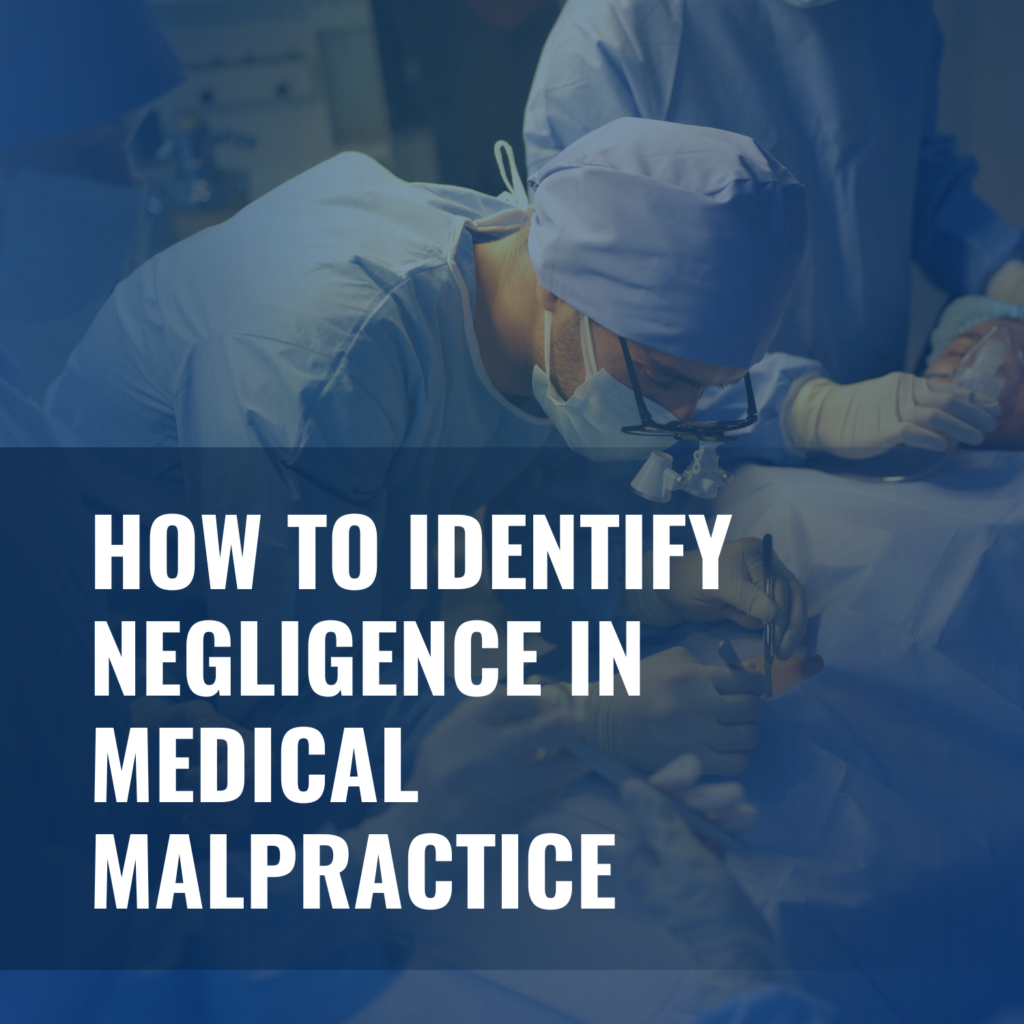Merson Law Review: VOL. II NO. 11 November 28, 2022
Editor in Chief: Steven E. North, Esq.
Case Editor: Emily C. Vaught, Esq.
1. SLIP AND FALL -THE DUTY OWED TO THIRD PARTIES IN THE ESPINAL WORLD
Ghodbane v. 111 John Realty Corp., 2022 NY Slip Op 06429 (1st Dept. Nov. 15, 2022) [linked here]
Background: The plaintiff commenced a personal injury action arising from injuries sustained when he slipped and fell on a staircase leading to the basement of the defendants’ premises. Named as defendants were the owner of the building, the building management company, and a construction company that had recently renovated the premises. All three defendants moved for summary judgment and the dismissal of the complaint. The court (Gerald Lebovits, J.) granted the motions of the out-of-possession landlord and of the management company that had no notice of the defect but denied the motion of the construction company.
Holding: The appellate court affirmed. The Court held that per Espinal v. Melville Snow Contrs., 98 N.Y.2d 136 (2002) [linked here], issues of fact existed as to whether, during the renovation work on the premises, the construction company “launched a force or instrument of harm” by negligently creating or exacerbating a hazardous condition on the staircase.
Editors’ Note: Standing alone, a contractual obligation generally will not give rise to tort liability in favor of a third party. In Espinal, the New York Court of Appeals recognized three situations where a contractor who creates or exacerbates a hazardous condition owes a duty of care to third persons who may be injured by the contractor’s actions: “(1) where the contracting party, in failing to exercise reasonable care in the performance of his duties, launches a force or instrument of harm; (2) where the plaintiff detrimentally relies on the continued performance of the contracting party’s duties; and (3) where the contracting party has entirely displaced the other party’s duty to maintain the premises safely.” Espinal, 98 N.Y.2d at 140 (internal citations omitted).
2. COURT STRIKES ANSWER FOR LIES AT DEPOSITION – OVERTURNED
Lopez v. Bronx Ford, Inc., 2022 NY Slip Op 06068 (1st Dept. Oct. 27, 2022) [linked here]
Background: The plaintiff commenced an action on behalf of herself and a putative class of individuals against their employers to recover wages which plaintiffs were allegedly entitled to receive pursuant to New York Labor Law. The plaintiff moved for sanctions, arguing that the defendants failed to obey court orders and that the defendants’ representative “repeatedly and shamelessly made false statements under oath” at their deposition. The court (Frank P. Nervo, J.) granted the plaintiff’s motion and struck the defendants’ answer, holding that the “defendant has testified falsely with the willful intent of providing false or misleading evidence.”
Holding: The appellate court unanimously reversed, holding that the extreme remedy of striking the defendants’ answer was not warranted as “the misrepresentations by defendants’ representative during her examination before trial were not particularly egregious.” The Court determined that there was no indication that the statements were made “in furtherance of a scheme designed to conceal critical matters from the court,” and they were not central to the substantive issues in this matter. Accordingly, the trial court improvidently exercised its discretion in striking the defendants’ answer. However, the Court further held that the withholding of discovery by one defendant, despite multiple court orders to produce the same, was willful and contumacious, which warranted the striking of their answer.
Editors’ Note: Due to the unique nature of the motion before the lower court—i.e. a motion to strike the answer for misrepresentations made at a deposition—we have attached the plaintiff’s motion papers [linked here] and the trial court’s holding [linked here]. This case may provide a good reference for a motion to strike an answer where it can be established that a deponent perjured himself as to a central aspect of the case. The level of proof necessary to establish such perjury and to justify the striking of the answer would probably require reliable documentary evidence rather than mere “he said-she said” testimony.
3. SPORTS INJURIES BUT NOT ASSUMPTION OF RISK – NEGLIGENT SUPERVISION
Annitto v. Smithtown Cent. Sch. Dist., 2022 Slip Op 06098 (2d Dept. Nov. 2, 2022) [linked here]
Background: The plaintiff commenced an action on behalf of her minor son for injuries sustained while lifting weights in the weight room of the high school in connection with an off-season football team weight training test. The plaintiff alleged that that the School District was negligent in supervising her son—a varsity football player—at the time of the accident. The defendant moved for summary judgment dismissing the complaint on the grounds that the action was barred by the doctrine of primary assumption of risk. The court (Joseph A. Santorelli, J.) granted the defendant’s motion.
Holding: The appellate court reversed, holding that the only risks that the infant plaintiff assumed were those that are inherent in the sport of football. The Court noted that “[a]lthough the doctrine of primary assumption of risk is applicable to a player who is injured while participating in a practice session, the doctrine applies only when the injury-producing risk is inherent in the sport the player is practicing.” The Court went one step further, holding that even if it were to conclude that the doctrine of primary assumption were applicable, denial of the defendant’s motion would nonetheless be appropriate, “as it failed to eliminate a triable issue of fact as to whether the risk of injury was unreasonably increased by inadequate spotting by the student assistant.”
Editors’ Note: The appellate court offered a concise synopsis of the assumption of risk doctrine: “Under the doctrine of primary assumption of risk, a person who voluntarily participates in a sport or recreational activity is deemed to consent to the risks inherent in that sport, thereby negating any duty on a defendant’s part to safeguard the plaintiff from those risks. While the absolute defense of implied assumption of risk, which was abolished by the enactment of CPLR 1411 in 1975, barred recovery by a plaintiff who was aware of the risks of engaging in a specific act and engaged in that specific act nonetheless, the separate and distinct doctrine of primary assumption of risk posits that the risk is assumed by virtue of the plaintiff’s voluntary participation in a sporting event, which indicates the plaintiff’s consent to the risks that are inherent in that sport.”
4. TRIAL COURT’S IGNORANCE OF THE LAW DIRECTED AGAINST THE PLAINTIFF’S ATTORNEY-REVERSED
Insuasti v. La Boom Disco, Inc., 2022 NY Slip Op 05684 (2d Dept. Oct. 12, 2022) [linked here]
Background: On the date of trial, the plaintiff’s attorney requested an adjournment because her young daughter was in the hospital. Instead of granting a short adjournment, the court (Robert J. McDonald, J.) issued an order vacating the note of issue and directing the parties to file a stipulation upon the completion of discovery (although discovery had apparently been completed at the time of the filing of the note of issue). Thereafter, when one of the recalcitrant defendant’s attorney refused to sign the stipulation to restore the matter to the calendar, the plaintiff so moved. While some of the defendants opposed the motion, none asserted that discovery was incomplete. Nevertheless, the Supreme Court denied the plaintiff’s motion with leave to renew “upon the completion of all outstanding discovery.” The plaintiff then renewed her motion, certifying that all discovery had in fact been completed. The court again denied the renewed motion, apparently relying upon CPLR 3404, holding that the plaintiff failed to establish a reasonable excuse for her delay in seeking to restore the action and that the defendants were prejudiced by the delay.
Holding: The appellate court reversed, holding, in effect, that the Supreme Court was ignorant of the applicable law. It held that the plaintiff’s renewal motion should have been granted. Pursuant to CPLR 3404, a party moving to restore an action more than one year after it was stricken from the trial calendar must demonstrate: (1) a meritorious cause of action, (2) a reasonable excuse for the delay in prosecuting the action, (3) a lack of intent to abandon the action, and (4) a lack of prejudice to the defendant. However, the Court held that CPLR 3404 did not apply, as the case was reverted to its pre-note of issue status once the court vacated the note of issue. Accordingly, the plaintiff was not obligated to move to restore the action within any specified time frame, nor establish her entitlement to the same under the standard applicable to automatic dismissals pursuant to CPLR 3404 absent a 90-day demand pursuant to CPLR 3216 which had never been made.
5. THE TRIAL COURT’S ABUSE OF DISCRETION AGAINST THE PLAINTIFF’S ATTORNEY – REVERSED. THE REMEDY MAY NOT FIT THE CRIME
Castillo v. Charles, 2022 NY Slip Op 06103 (2d Dept. Nov. 2, 2022) [linked here]
Background: The court (Karen V. Murphy, J.) granted the defendant’s motion to strike the complaint in this personal injury action based upon the plaintiff’s failure to comply with various orders relating to discovery including an order directing a continued deposition by a certain date, an order to disclose photographs, and an order to execute authorizations for certain medical providers.
Holding: The appellate court modified the order by overruling the striking of the complaint but sustaining that part of the order that provided “(1) precluding the plaintiff from using at trial any photograph that was not produced in response to the defendant’s discovery demands, (2) directing the plaintiff to provide the defendant with medical authorizations for Jamaica Hospital, and (3) directing the plaintiff’s counsel to personally pay the sum of $3,000 as a sanction to the defendant.”
While the Court noted that the nature and degree of the penalty to be imposed on a motion pursuant to CPLR 3126 is a matter generally left to the discretion of the trial court, the Appellate Division is vested with its own discretion and corresponding power to substitute its own discretion for that of the trial court. Here, the Court determined that the striking of the complaint was too drastic of a remedy and substituted its own discretion for that of the trial court and imposed a lesser sanction.
Editors’ Note: While the defendant was still awarded sanctions by the Second Department, the chosen sanction—precluding the plaintiff from using the photographs at trial—might actually have be an unfavorable resolution for the defendant. Precluding the photographs from trial assumes that the photographs were helpful to the plaintiff’s case, when, in fact, they may have been detrimental and was the reason that they were withheld in the first place. A more appropriate sanction would have been an adverse presumption against the plaintiff.







